Last week, I pointed out that bundles of ebooks are doing well on Amazon, multiple book collections by single authors and also multiple book collections by different authors who share a common genre or theme. In the comments section, Anthea Sharp mentioned that she was a part of such a bundle and it was indeed doing well; they’ve sold 25,000 copies of “Faery Worlds“, and it’s sitting at 187 overall in the Kindle Store as I write this.
I happened to have shared absinthe with Jenna Elizabeth Johnson, one of the authors once, so I asked if she would be willing to answer some questions (you know, the usual interrogation on how they had come to put the set together and how it had come to be selling so well). Anthea Sharp and Tara Maya were kind enough to chime in here as well. If you’re thinking of putting together your own bundle, I hope you’ll find all this information helpful!
Finding New Readers with a Multi-Author Ebook Bundle
Jenna’s Answers with Anthea Sharp’s input:
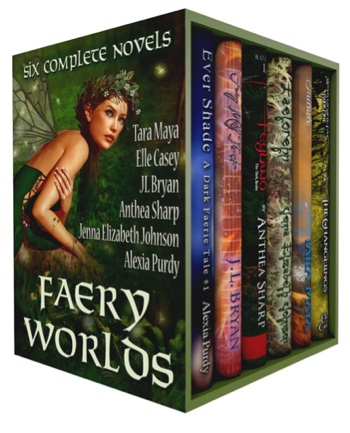 Before we jump into the marketing, pricing, and promotion questions, why don’t you tell us about a bit about your writing background and the book you have in the Faery Worlds boxed set?
Before we jump into the marketing, pricing, and promotion questions, why don’t you tell us about a bit about your writing background and the book you have in the Faery Worlds boxed set?
Before I start, I want to thank you Lindsay for giving me this opportunity to talk about my part in Faery Worlds and to help out some other indie authors who might just be getting started. With that being said, I can tell you that I never once considered becoming an author while growing up. I started writing seriously only after graduating from college and soon discovered that I’d found my calling in life.
One of my focuses in school was Celtic Studies and I think this initiated my love of storytelling and the common Celtic theme found in all of my books. My Otherworld novels are a prime example of this. The first book in the series, Faelorehn, which is my book featured in Faery Worlds, tells the story of Meghan Elam. Meghan is a junior in high school and has a tendency to see and hear strange things. One night she wanders from her home and is attacked by a pack of demented hounds. Fortunately a mysterious young man, Cade MacRoich, is there to rescue her but he also has news for Meghan: she is Faelorehn, an immortal from the Otherworld. The rest of the book follows Meghan’s life as she tries to come to terms with who she is and how she feels about Cade, all the while being hunted by the Morrigan, a malicious goddess from the Otherworld.
For the boxed set, who was the organizer and how did you get involved with that?
Anthea Sharp was the author who initially contacted me, Alexia Purdy, Elle Casey, J.L. Bryan and Tara Maya back in May with an idea to team up and put together an anthology of our work. I loved the idea immediately because I had seen several other authors creating their own bundles and successfully helping their readers discover new writers. Once all of us were on board, Tara and Anthea got to work weaving our novels together and getting the cover art ready for Faery Worlds. We also pitched our ideas for the title and although several were considered, Faery Worlds won out in the end.
You guys (six separate authors) are selling six ebooks for 99 cents. Once the royalties are split up, is the collection making any money for you, or are you doing this more for lead generation to promote your other works?
When Anthea first contacted us, she pitched the idea that we use what royalties we made to further market the bundle. Since marketing can be rather pricey, using the revenue from Faery Worlds could help all of us advertise our work and hopefully interest readers into looking into our other books.
As for the set making any money, I would refer to Anthea. She is tracking all the financials for us and keeps us up to date. So far Faery Worlds IS making decent money, but that it is used to help spread the word about our books.
As I write these questions, the set is #236 overall (now 187!) in the Amazon store. What have you guys done to promote it?
All of us have mentioned it on Facebook, Twitter and other, various online locations. Anthea has done a lot of the behind-the-scenes advertising for us. I contacted her earlier and here’s what she had to say:
So far the bundle’s had normal ads with book outlets (ENT, POI, KFD), and some targeted Facebook work. We ALSO had a little bit of early adopter luck, getting on the Also-bought lists of some very strong-selling box sets, which is still helping us. I’m also lining up more targeted ads to fantasy readers.
Do you feel that going in with five other authors has made promotion easier and/or more effective than if you were to put together your own collection of stories?
Absolutely. Not only are some of my Faery Worlds co-authors much more experienced in the field of online marketing than myself, but combining our books together has multiplied our exposure and potential audience through Amazon’s recommendation list. And if you check out some of the reviews for Faerie Worlds on Amazon, the response has been positive and our readers seem happy to have discovered a new author or two after reading our bundle.
Do you have any tips for authors who might be thinking of going in with others to create a boxed set? Is 99 cents key to making this a super bargain for readers, or might other price points work?
I would recommend looking for authors who write in a similar genre or theme (i.e. paranormal romance or maybe stories suitable for Halloween). Going with the low price definitely helped us out, so I would at least start there and maybe raise the price later. So far the six of us have been happy with sales so the price remains at .99 for now.
Tara Maya’s Answers:
Why don’t you tell us about a bit about your writing background and the book you have in the Faery Worlds boxed set?
I love history, traveling to exotic places, and fairy tales with happy endings, and all of that definitely goes into what I write. The book I have in the Faery Worlds boxed set is the first in The Unfinished Song series.
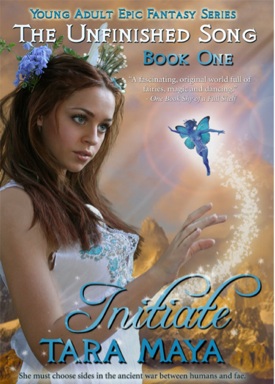 The Unfinished Song is one saga, separated into twelve volumes, and the entire thing was originally inspired by an obscure Polynesian myth. Rather than use the usual medieval setting for fantasy, the world of Faearth has neolithic technology — think bows and arrows tipped with obsidian rather than swords. Magic doesn’t come from spell books, but from dancing. Dindi, the heroine, is a young girl who has no magic, so she’s forbidden to dance. She convinces a powerful (and powerfully handsome!) warrior-dancer, to teach her in secret. Breaking that taboo embroils them both in an ancient war between an almost extinct race of faeries and the Deathsworn trying to annihilate them.
The Unfinished Song is one saga, separated into twelve volumes, and the entire thing was originally inspired by an obscure Polynesian myth. Rather than use the usual medieval setting for fantasy, the world of Faearth has neolithic technology — think bows and arrows tipped with obsidian rather than swords. Magic doesn’t come from spell books, but from dancing. Dindi, the heroine, is a young girl who has no magic, so she’s forbidden to dance. She convinces a powerful (and powerfully handsome!) warrior-dancer, to teach her in secret. Breaking that taboo embroils them both in an ancient war between an almost extinct race of faeries and the Deathsworn trying to annihilate them.
I “went indie” in 2010. Before that, I had two books published traditionally (under a different pen name) but I love the creative control that being my own publisher has given me.
How did you get involved with the boxed set?
Before I became involved in this project, one of the most successful means of promotion that I’d found was doing excerpt exchanges with authors who had similar books. Another great method was contributing stories to anthologies. So I was very excited when Anthea Sharp proposed this bundle. It had never occurred to me! Yet I could instantly see the possibilities.
I do professional cover artistry as well as write, so I volunteered to contribute the cover art.
Once the royalties are split up, is the collection making any money for you, or are you doing this more for lead generation to promote your other works?
I’ve been involved with several short story anthologies. These are also good promotional tools, but they have some problems. One biggie is the question of how to divvy the profits. The money anthologies earn isn’t a lot, and split between 5-20 authors… well, it’s more trouble than it’s worth. Until vendors like Amazon and iTunes allow split royalties for a single volume, that problem is going to remain.
If you don’t split royalties, you have to treat the anthology like a magazine. The publisher pays contributors a flat rate, and assumes all the financial risk. I did this myself with a science fiction anthology called Space Jockey. It will take about a year to earn back what I invested in that, so it has obvious drawbacks for most indie publishers.
If the publisher doesn’t pay the contributors, or pays a tiny amount, then you have a fairness issue. Because one person is making money on it and the others aren’t. The usual solution is to donate the proceeds to charity. Let’s assume the best, that the money goes reliably to the chosen charity; this still isn’t great. Why? Well, because, alas, what usually happens is that most the contributors lose interest in really promoting it, as it’s really hard to see any immediate benefit. Based on my experience, I would be leery of contributing to another “charity” anthology that’s just going to collect cyber dust. I would rather let someone profit from publishing my short story, even if *I* don’t see any royalties, because at least I know that publisher will be actively incentivized to promote it.
This is what made Anthea Sharp’s proposal so brilliant. All of the profits are churned right back into paid promotions for the boxed set. Now, any indie who has experimented with paid advertising knows it usually isn’t worth much. It doesn’t pay for itself. Except… this way it wouldn’t have to. If you spend a $100 bucks in ads, you’re pretty unlikely to make a profit. But if you just assign as your budget whatever the book has already earned, why the whole matter of ROI is moot. Best of all, it’s completely fair to everyone, because we ALL have a stake in the bundle doing well.
The other MAJOR problem with short story anthologies is that there (frankly) just aren’t as many readers interested in reading short stories as novels. The “boxed set” is an anthology … of novels! What people WANT to read. Another brilliant idea. It’s so easy to do with digital publishing.
What have you guys done to promote the set?
I think that aside from the slow snowball effect of reinvesting the profits, we’ve all worked hard to promote it through social media. Personally, I did as much as I could, though it was modest. I featured each author individually on my blog, and additionally recommended each one personally to my email list of fans. Fans wrote me to thank me for the recommendations.
I continue to do so. A common question I get from fans is when my next Unfinished Song novel is coming out, and it’s nice to say “as soon as possible but in the meantime, go read all my co-authors in this anthology, you’ll enjoy their books as well.”
The other great thing about this boxed set is that when a reader is introduced to the books of the authors she likes, she goes on to read the other books by that author. That means the author rises in Amazon’s ranking, in the Also Boughts, etc. And as each author becomes more popular, more readers find that author through other books, then find the series… It’s a Virtuous Circle. Any other promotions or new releases any of us do has a positive impact on the others. In November, for instance, I ran a writing workshop. My videos had over ten thousand hits, all together, and I noticed an impact on the sales of all my books, although I wasn’t advertising them directly. Now, multiply that by six, as each author does her or his own things, and you can see how the impact can snowball.
Do you feel that going in with five other authors has made promotion easier and/or more effective than if you were to put together your own collection of stories?
This is an area where I feel very lucky to have fallen in with a fine group of human beings. All I knew when I agreed to the project was that these fellow authors of mine were good writers. I’d read and enjoyed the books of all but one before the project, just by chance, and I read the books of the remaining person while we were negotiating. It was important to me to be able to recommend the books. But until we started discussing this project, I had no idea if the authors themselves were lazy, thieving orcs or honest, upstanding hobbit folk. Fortunately, they all turned out to be wonderful, and that meant working together with them on promotion was easier and more effective than doing it on my own.
Trust, transparency and communication are key.
Do you have any tips for authors who might be thinking of going in with others to create a boxed set? Is 99 cents key to making this a super bargain for readers, or might other price points work?
I don’t think the price by itself is what makes it work. Offering fantastic value is what makes it work. Leveraging the combined visibility of all the authors in the set across their various networks and platforms makes it work. Using the low price *as a way to attract notice* makes it work.
Readers want novels, so that helps right there. They want to know they’ll find something good to read without endless searching — they want curating. They want increased reward for lower risk. Six books by six authors for a low price means that a reader at all interested in the genre will probably find something he or she enjoys… and a gateway to many more books to enjoy after that.
My biggest tips for authors wanting to do this would be:
1. Read the other books and make sure they are good, and that you’d recommend them.
2. Match genre carefully. (Our books are not just fantasy, but faery fantasy.)
3. During the negotiation process, make sure these are fun, friendly and honest people that you can work with (and be so yourself)
4. Don’t expect too much, too soon. So many authors freak out if something doesn’t explode overnight, but that’s not the indie model. A slow build can be powerful.
5. Remember, you get more by giving more; by helping others, you help yourself. That’s what shared promotion is all about.
~
Thank you for all the information, Jenna, Tara, and Anthea!
Readers, you can check out Faery Worlds at Amazon, Barnes & Noble, Smashwords, iTunes, and Kobo.
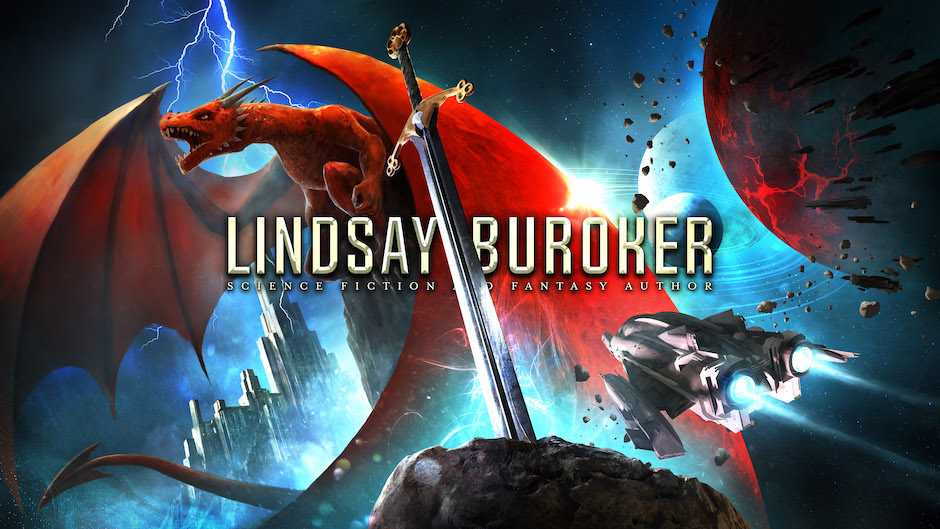
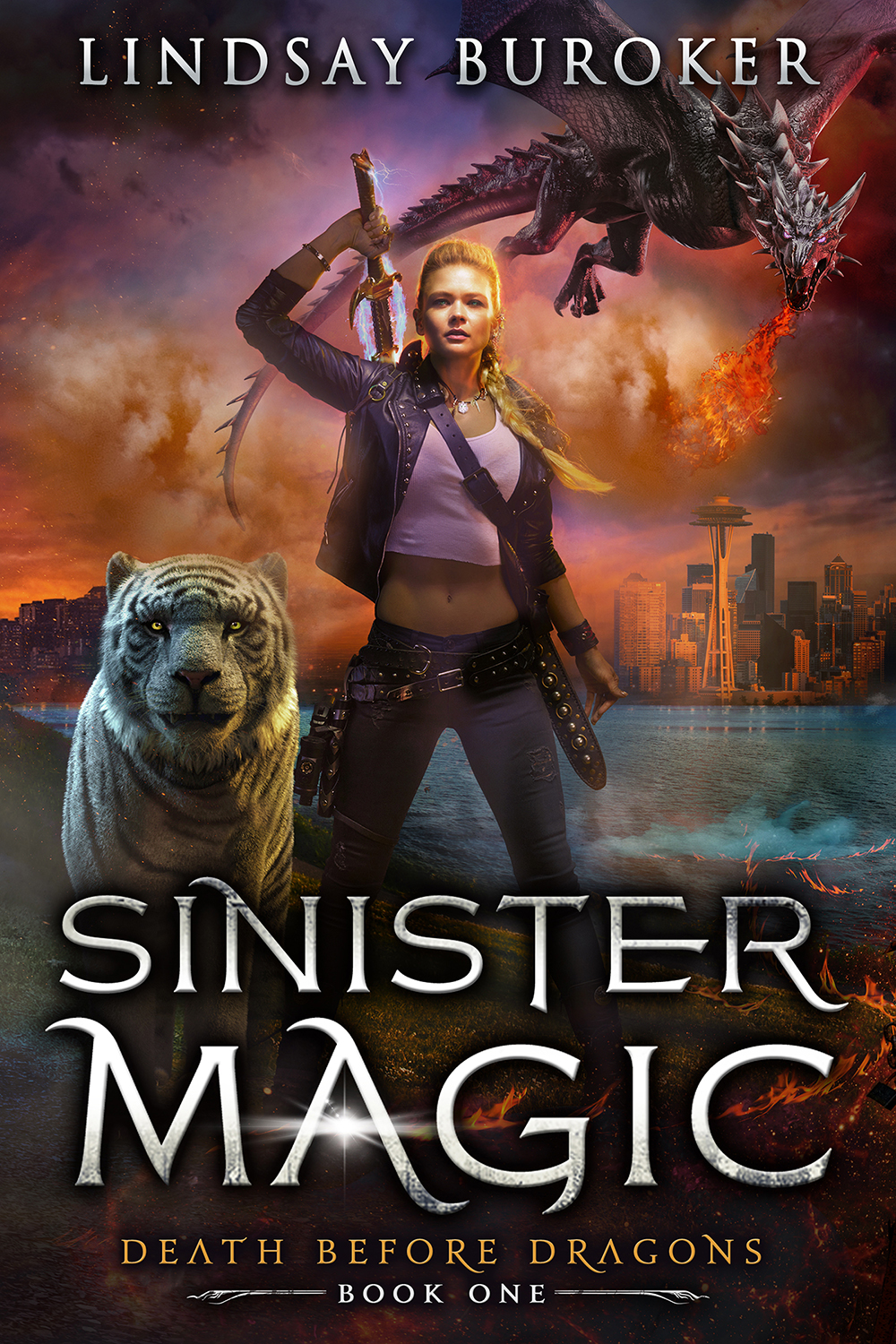
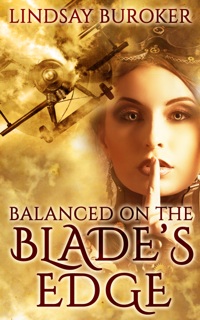
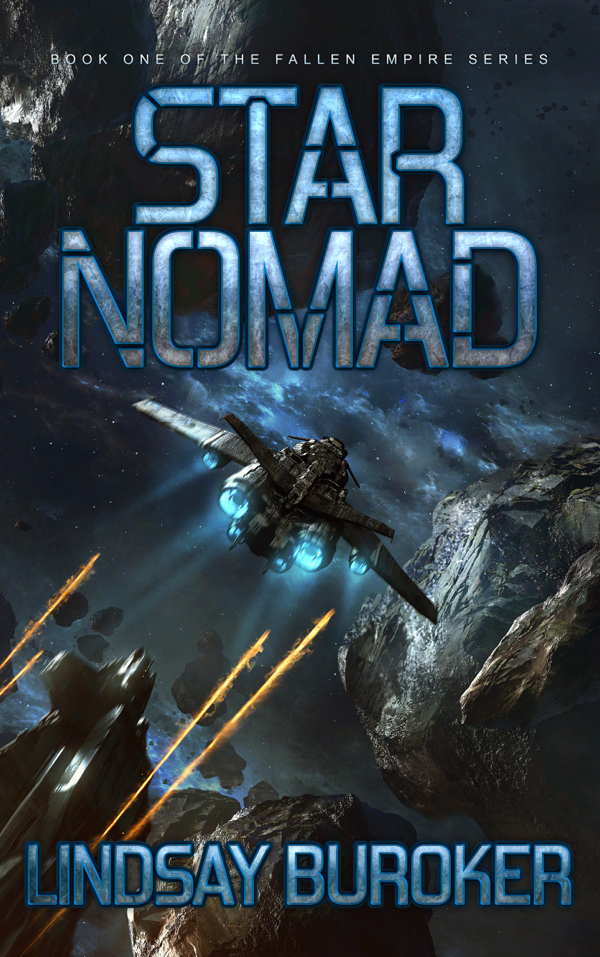
It’s interesting that it sells so well on Amazon and, going by the reviews, doesn’t seem to do much on Barnes and Noble, Smashwords, and the other stores. Any thoughts as to why the promotions work so much better for Amazon?
Well, you got me. Bought the bundle.
For me it is a easy way to find new writers.
Aaron, Barnes and Noble gives more prominence to publisher-sponsored promotions, and pays less attention to reader’s habits and personal preferences.
Amazon’s promotion system is more sensitive to customer preference, so it’s much easier for writes to benefit from a “Virtuous Circle”, as I described, where the popularity of one author increases the popularity of the authors who have books bought by the same readers. That’s why it’s easier for indies to climb the charts on Amazon than on B&N.
Also, Amazon still just has a larger share of the ebook market in general, which in turn attracts the kind of reader who is aware of these book bundles, and actively looking for them.
I’d say, nonetheless, that the bundle has increased my sales overall on BN. Of course, it’s hard to pin down why, but they have definitely been going up over there compared to where they used to be.
Tara Maya
The Unfinished Song
I’m very curious how taxes would work for a joint project like this. Would everyone simply claim 1/6 of the profits? Are they taxed if they are all reinvested?
Seems like multi-author bundles are the new perma-free, and might be the best thing to replace free when/if it’s finally done away with.
Get on this now if you can. And if you think you’re not big enough, find 3 to 4 others who aren’t either. And forget about the money – that’s the least important thing.
Pingback: Lindsay Buroker on Lessons Learned from Three Years of Self-Publishing
Pingback: How to Market Your Fiction Writing Through the Brilliance of Other Authors by Jason Kong — The Book Designer